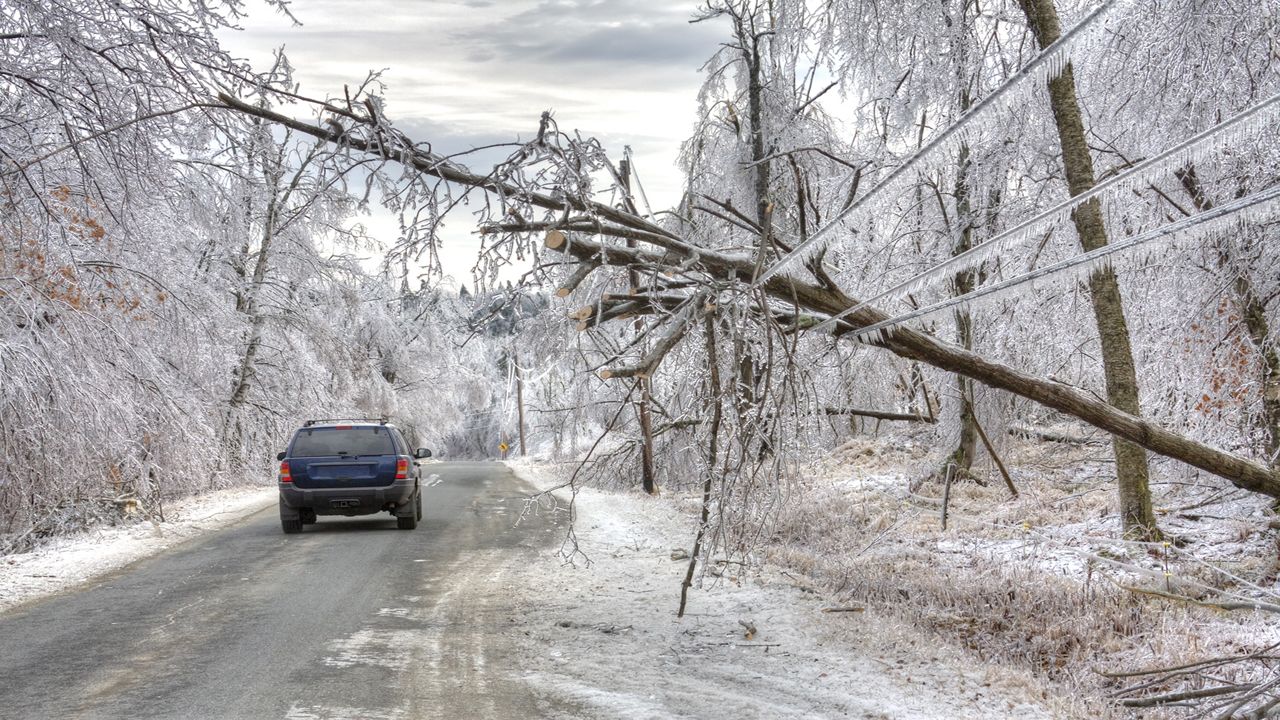With a winter of potential fuel shortages ahead, the head of New England’s electric grid is arguing the region will soon need more renewable power sources like Maine’s stalled Canadian hydro-powered transmission line in order to shore up energy supplies and transition off fossil fuels.
The nonprofit grid operator, ISO-New England, issued warnings Monday about winter reliability in light of supply chain crunches and longtime gas pipeline constraints. Officials said an extended cold snap this year might prompt calls for conservation measures or targeted outages.
ISO CEO Gordon van Welie said the devastating blackouts in Texas during its record cold spell this past February were a wake-up call for grid managers in New England.
“What happened in Texas changed everything,” he said at a Monday press briefing. “We’ve not rested well since the February event and the realization that we know that we’re operating close to the edge here in the wintertime in particular.”
The forecast for the coming season in New England is mild. But climate change is causing more volatile weather patterns even as temperatures warm, meaning unusual periods of extreme cold remain a possibility.
Natural gas is New England’s primary source of electricity and is used to meet the high demands that come with extreme regional cold spells — while also being more in demand for home heating. Grid managers in the region have long been concerned about a lack of excess pipeline space to mitigate this issue.
This winter, van Welie said, a lack of trucking capacity could also be a problem for oil, which must move between home users and power plants that sometimes burn it as a back-up fuel.
“We thought it’s time for us to start communicating more openly about these risks,” he said. “We’re not trying to panic anyone, we’re not trying to cause undue alarm, but we need people to understand … this region hasn’t yet solved this problem.”
The long-term solution, he said, will be more renewable energy and storage capacity, as well as potentially more flexibility in how the grid is managed. But this year — in a worst-case scenario — the solution might require residents and businesses to take gas and electricity conservation measures, or to ask utilities for controlled outages to lower demand during a true emergency.
The region’s last cold snap of considerable length was in early 2018. The region ran low on gas and burned through much of its coal and oil reserves before temperatures warmed back up. At the time, the major New England energy company Eversource reported that the fossil fuels used during that cold snap created enough emissions to negate most of the climate benefits of all the solar power installed in Massachusetts.
New England has installed and begun planning a lot more renewable energy projects in the years since — but van Welie said it’s not enough yet to ensure a secure transition off oil and gas. He argued that one solution, out of many that are needed, would be for the region to “redouble our efforts to gain access to imported hydroelectricity from Canada,” especially in the several years remaining before large-scale offshore wind farms are ready to connect to the regional grid.
“With regard to the specific project in Maine, I’m disappointed about the outcome there,” he said of the vote that has stalled the CMP corridor project, pending court review. “If it doesn’t go ahead, I think we’ll find other paths.”
Van Welie said he sees aesthetics and visual impacts as the public’s main objection to projects like the CMP corridor, meaning that paying more to bury the lines could help similar, future projects proceed.





